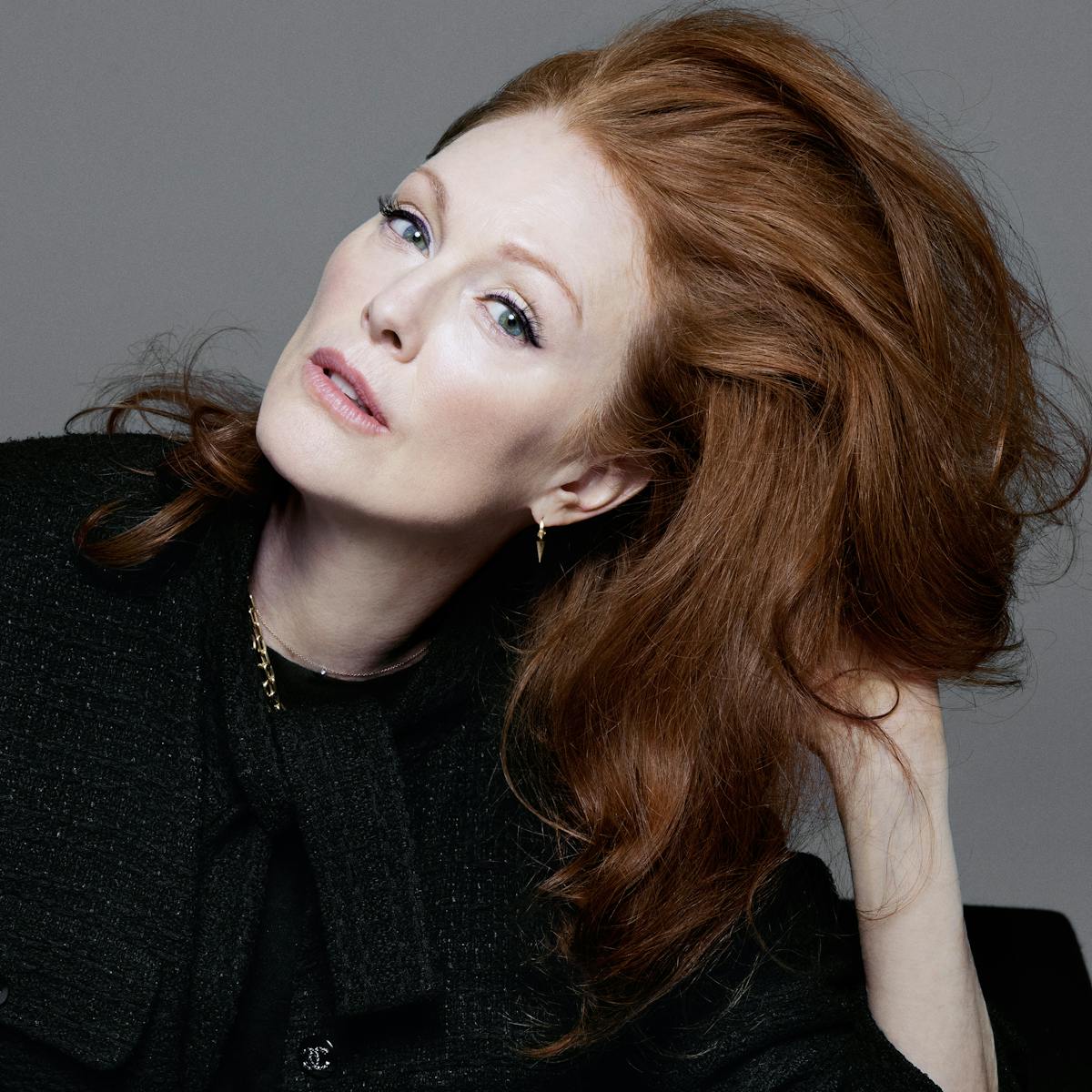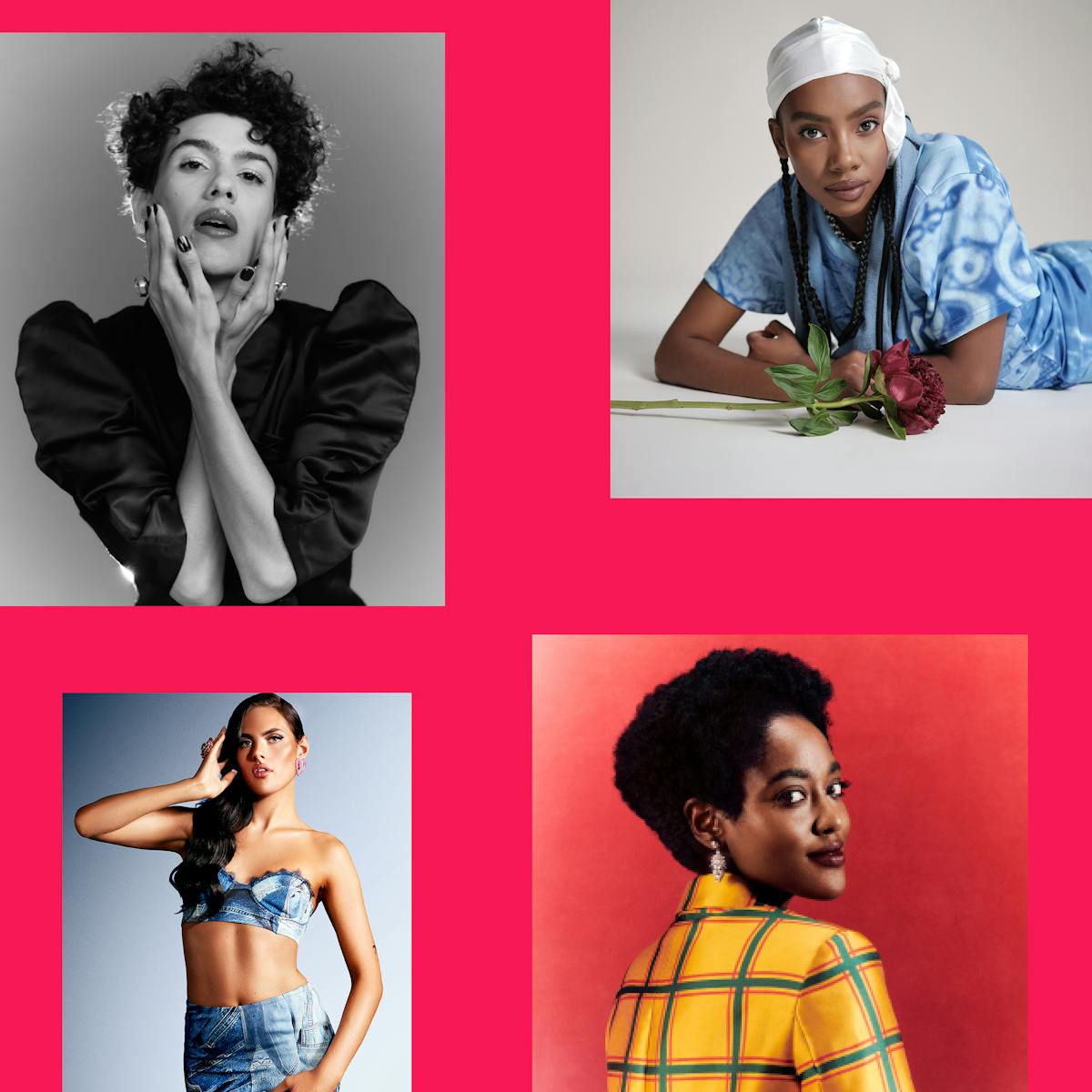Legendary Hollywood star Marlene Dietrich walks into a nightclub. Clad in a tightly fitting tuxedo, tailcoat on, and top hat appropriately raked, she is a vision of androgynous power. The crowd is boisterous. Are they booing or cheering? She doesn’t care. She takes a rose from a woman in the audience, exchanging it for a single, lingering kiss. This moment in the 1930 film Morocco may induce half-titillated, half-scandalized laughter from the audience, but for generations of viewers, it represents a sexy, canonical moment in cinematic history. Played for humor but deliciously meaningful, the scene slyly alludes to a world of love and desire that, like many queer films over the decades, had to be approached largely via winking clues, a breadcrumb trail left for those who knew how to pick up its more subversive implications.
The history of L.G.B.T.Q.I.A.+ cinema is one that requires an expert reading of hints and half glimpses in the mirror. It benefits from an attuned understanding of what lies behind the stereotype — gendered and otherwise — and a thick skin for mad, bad, sad endings. It begins, according to most researchers, with a short clip from 1894 of two men dancing, titled The Dickson Experimental Sound Film, also known as The Gay Brothers, and has weathered periods of relative openness, buttoned-up intolerance, era-defining tragedy, and gradual acceptance. Like all histories of progress, it is not linear.
Dietrich, who had relationships with many women including writer Mercedes de Acosta, began her cinematic career in the famously liberal Weimar-era Berlin: The explicitly lesbian Mädchen in Uniform, which follows a teenage schoolgirl who falls in love with her governess, was released in Germany a year after Morocco. When the Nazis subsequently came to power, Hitler’s minister of propaganda Joseph Goebbels declared that all copies of the film should be destroyed.
Across the Atlantic, censorship was encroaching on the American movie industry with the introduction of the infamous Hays Code, or Motion Picture Production Code. Written in 1930 and fully instated by 1934, this self-imposed set of rules included the prohibition of “any inference of sex perversion.” Other off-limit depictions included open-mouthed kissing, obscenity, profanity, interracial romance, seduction, rape, and abortion. Over the next three decades, homosexuality and gender non-conformity could only make it onto the big screen in subtly coded form.
In The Celluloid Closet, the much-loved 1995 documentary based on film scholar and L.G.B.T.Q.I.A.+ activist Vito Russo’s 1981 book of the same name, narrator Lily Tomlin observes, “Hollywood had learned to write movies between the lines. Some members of the audience had learned to watch them that way.” For three decades, new tropes abounded, ones in which the gays were villains or victims. Effeminacy and butchness — as well as a more unlocatable queerness — could result in comedy, tragedy, or other people’s misery, but never explicitly in pleasure or self-actualization. For those audience members seeking evidence of themselves onscreen, it was an unsettling sort of confirmation that they existed.
Come 1961, films such as The Children’s Hour and Victim made their gay themes more explicit, but still asked their protagonists to suffer. In 1965’s Inside Daisy Clover, Robert Redford’s bisexual character was permitted to be happy, if still vain and unlikeable (and earned him the Golden Globe for New Star of the Year). The relative freedoms enjoyed by screenwriters of the 1970s enabled Hollywood to serve such raucous fare as Cabaret (1972) and The Rocky Horror Picture Show (1975), which brought to the surface — complete with high kicks — what had been hidden beneath the veneer of straight respectability for decades. 1970 also saw the release of The Boys in the Band (remade for Netflix in 2020 by Ryan Murphy) — a film that was, despite its cynicism about the lives of gay men, pioneering in its mainstream depiction of their experiences.
The road towards realistic L.G.B.T.Q.I.A.+ representation onscreen has been long and rocky, but also exciting, surprising, sexy, moving, and even filthy (thanks, in no small part, to the oeuvre of John Waters). From independent cinema to mainstream television, out-in-the-open progress has been achieved in forms both delicate and blunt. The word “representation” is now so overused as to lose the weight of its meaning, but that’s easier to say in an era when a gay kiss on television isn’t cause for scandal. Now, hopefully, the question is not just about who feels seen, but also the depth and texture of the stories being told.
Still, it’s worth remembering how many of those firsts remain incredibly recent history. First lesbian kiss on a major network in the U.S.A., for example? That happened in 1991 on L.A. Law. The first U.S. film to be directed by a Black lesbian? Cheryl Dunye’s excellent, searching The Watermelon Woman in 1996. The first film to win an Oscar featuring an openly transgender actor as the lead? Chilean director Sebastián Lelio’s A Fantastic Woman in 2017.
The screen continues to be a place where the nuances of identity and intimacy are teased out time and time again. Netflix’s roster of L.G.B.T.Q.I.A.+ programming runs the full gamut of fact, fiction, and comedy. From early-days successes such as Orange Is the New Black, with its depiction of the loves, lusts, and machinations of a women’s prison, to the smash-hit trajectory of Alice Oseman’s graphic novel-turned-heartwarming-TV-series Heartstopper, plenty of series and films have continued to shape and populate the landscape of queer storytelling. Queer icons of fashion, stand-up comedy, and the civil rights movement are finally getting their moments with an adaptation of ND Stevenson’s Nimona, a shape-shifting adventure centering a new type of hero; and historical drama Rustin, a celebration of openly gay civil rights activist Bayard Rustin from director George C. Wolfe.
There are still vast swaths of history to roam through and fresh narratives to create —
embodied, hopefully, by a generation of actors for whom openness about identity is a given right. It’s a far cry from Dietrich’s single, ambiguous kiss in Morocco nearly a hundred years ago, but, like other pivotal cinematic moments, each was a rung on the ladder toward new possibilities.
All interviews included in this piece were completed prior to July 14, 2023.











